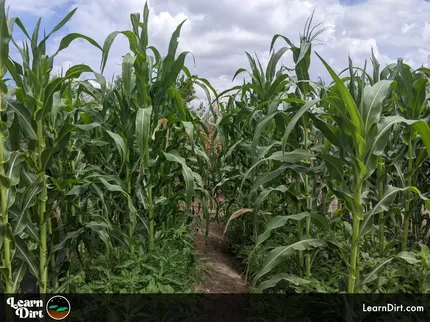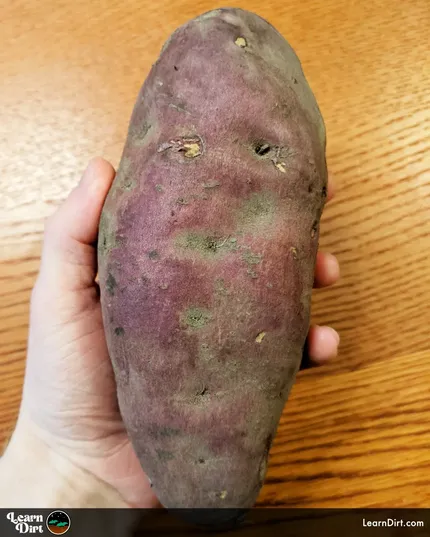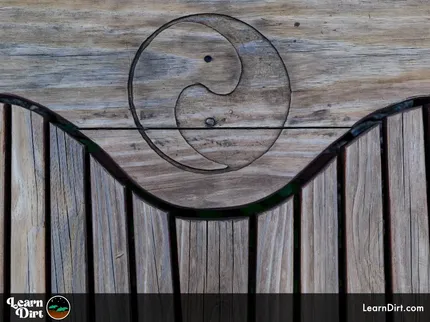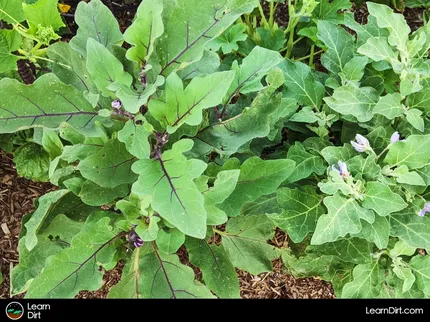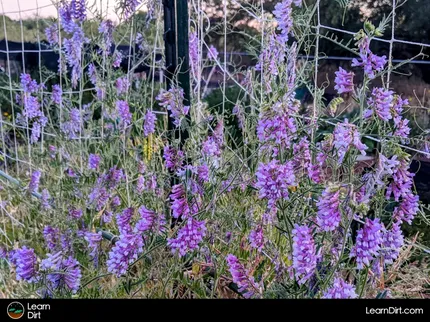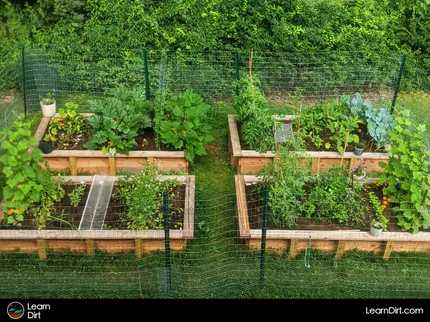Table of Contents
* Our articles never contain AI-generated slop *
Cover crops are one of the single most important parts of organic no-till gardening and soil-building. Many gardeners struggle to understand how exactly to incorporate them into their garden, however.
A common sticking point I often hear is understanding how exactly to sow seeds into the residue after a cover crop cycle.
No matter what termination method you choose, you're going to be left with roots plus chopped & dropped organic matter (residue) that you'll need to work around next season.
Disclaimer: This post may contain affiliate links. Refer to the privacy policy for more information.
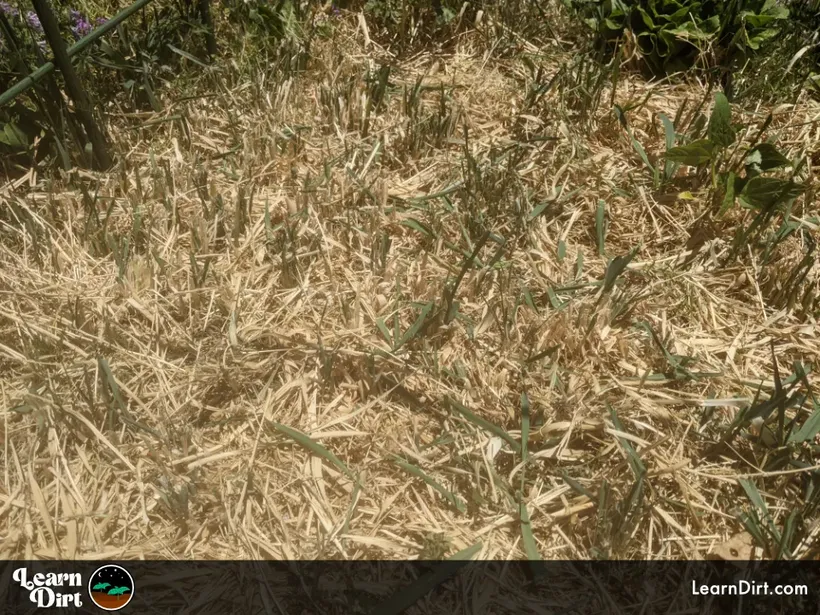
How to Sow in Cover Crop Residue
Let's chat about how exactly to sow in cover crop residue...
Sow The Seeds
Depending on the size of the area you are planting, you may want to use a broadcast seeder, or simply do it by hand.
Cover The Seeds
Replace your chop & drop mulch if you've cleared it aside to plant.
This will provide an insulative blanket to help protect the seedlings and regulate temps as they germinate. It will also keep moisture levels high enough for good germination.
Most seedlings will push through a layer of chop & drop totally fine as long as it's not multiple inches thick. Larger seeds are better at this, but you might be surprised by how many of the smaller seeds will find their way through chop & drop as well.
Water Diligently
Finally, it's time to water the seeds and wait for them to germinate. Hand-watering, overhead watering, or rainfall are all preferably here to drip lines - which aren't great at getting seeds started.
Join The Grower's Community
Find your people.
Your voice matters here.
🌱
Check It Out!
Depending on the weather and the type of seeds you planted, this may take a few days or a few weeks.
Be sure to keep the soil surface moist (but not waterlogged) and watch for signs of germination.
Here in the desert you might need to water the surface lightly 2x per day or more, as it dries out so fast.
If you've got sufficient drip line or soaker tape coverage you can set them to water in short bursts (5 minutes or so) numerous times a day during the hot season. In the desert this is especially helpful when the soil is drying out faster than you can hand-water it.
You only have to keep this up for a week or two to get started though, and then can ease back as taproots extend down.
Final Thoughts...
Sowing seeds directly into cover crop residue can be a little intimidating, but it's pretty straightforward and anyone can do it. Just go for it and give it a try!
Don't forget to prep the soil and keep soil surface watered regularly, and you'll have yourself a healthy, thriving garden soon enough my friend.
Happy Gardening!
That's all for now, thanks for reading!
If you have any questions, comments, or would like to connect with fellow gardeners, head on over to the forum and post there.

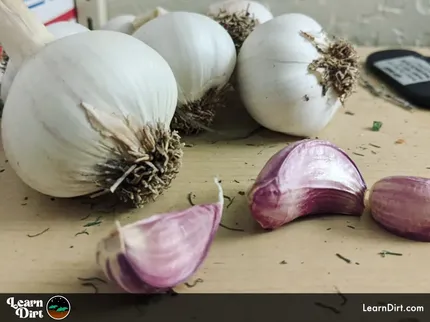




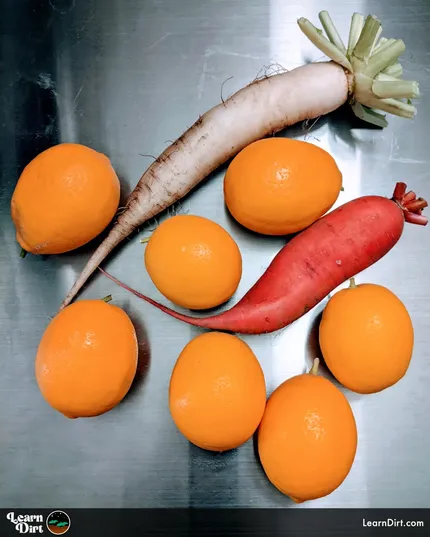
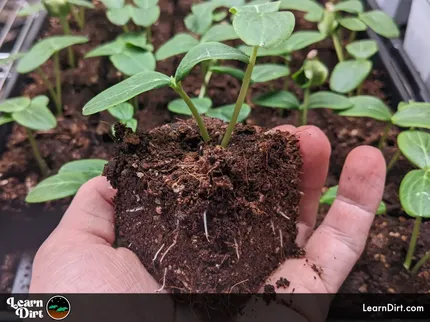
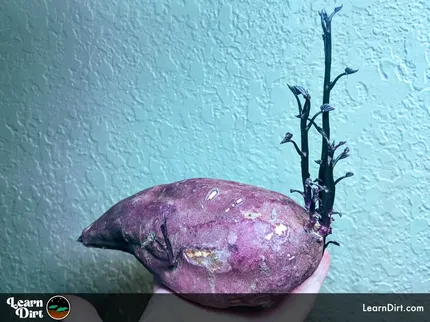
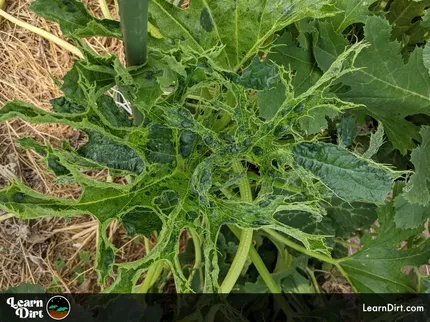
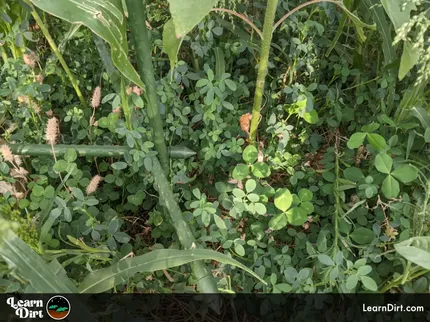

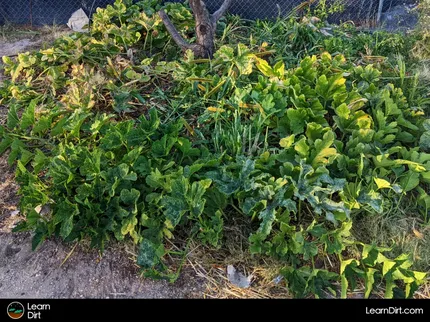
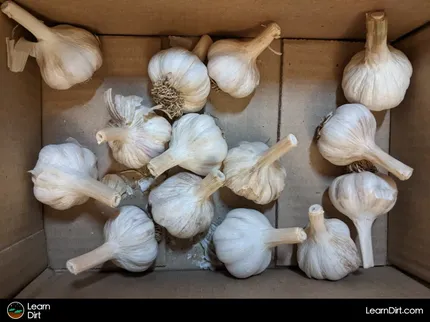

![Don't Till Away Your Carbon [Neon] Sticker](/media/product_images/dont-till-away-your-carbon-[neon]_sticker_260x260.png)



